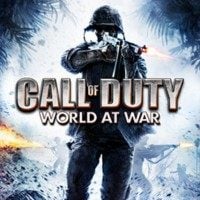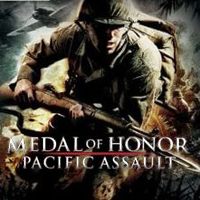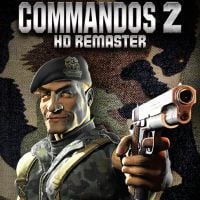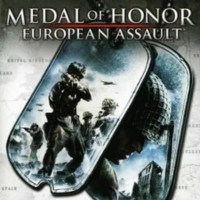Marine Raiders – the Makin Atoll Raid. Commandos in Real Life – The Most Amazing Special Operations of World War 2

- Commandos in Real Life – The Most Amazing Special Operations of World War 2
- St Nazaire Raid – "The greatest raid of all time”
- Operation Frankton – kayaks against ships
- Marine Raiders – the Makin Atoll Raid
- Operation "Anglo" – the demolition of Rhodes
Marine Raiders – the Makin Atoll Raid
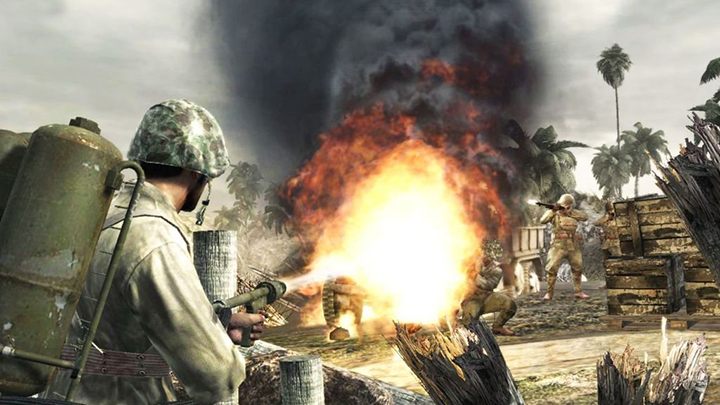
The Brits were not the only ones to have special forces during WW2. The first American spec-op units to see action were two battalions (Marine Raiders) of the USMC, i.e. the progenitors of today's MARSOC. However, during most of the operations they participated in, their role was no different from regular infantry. One significant operation was the Makin Atoll Raid, in the Pacific in 1942, and it's one of video games developers' favorite battle. The purpose of the landing was to destroy Japanese troops, obtain intelligence, free prisoners, and, above all, distract Japanese attention from the allied landings on Guadalcanal.
About 200 Marines arrived aboard two submarines: USS Nautilus and USS Argonaut. They went to action on August 17 in rubber pontoon motor boats, but the landing was extremely difficult due to rough sea and engine failures in most units. Yet, the operation was generally successful. The Americans survived the suicidal charge, destroyed enemy radios and machine guns with minimal own losses. The real horror began when they tried to return to the submarines. The damaged pontoons and the still troubled sea made it almost impossible for dozens of soldiers to depart.
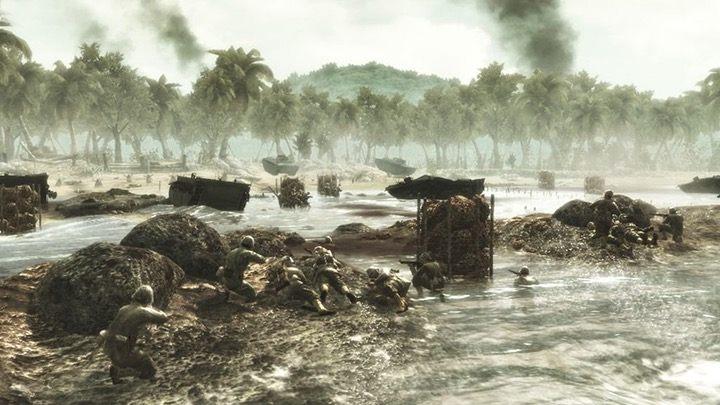
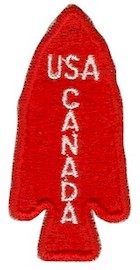
Marine Raiders are not the only American special forces from WW2. The famous Rangers are also considered spec-ops, but their operations, such as storming Pointe du Hoc during D-Day, had little to do with covert operations behind enemy lines. In turn, the OSS focused primarily on espionage and resistance training in the occupied countries, and, to a lesser extent, on sabotage.
A great example is the first First Special Service Force, or the American-Canadian formation, The Black Devils. It was created for actions behind enemy lines in winter conditions – operations such as the "Heavy Water War" in Norway. The commandos became famous, however, primarily for their actions in Italy, especially at Anzio in 1944. That's when they earned their moniker, "the black devils," mainly due to the successful psychological war conducted by the American and Canadian soldiers. Members of The Black Devils left behind, with every enemy corpse, a sticker with their coat of arms and the inscription in German "the worst is yet to come." They inspired Quentin Tarantino's Inglorious Bastards, and one of Marvel's heroes, Wolverine, was also a member of that unit.
The First Special Service Force was the progenitor of the Canadian CSOR – Canadian Special Operations Regiment museum and 1st Special Forces Command, i.e. modern "green berets".
Exhausted, deprived of weapons and equipment that sank during the struggle with the waves, the Marines even considered surrendering to the Japanese. In the end the submarines sent a boat that was supposed to stretch ropes all the way to the shore so that the soldiers could come back, but right then the enemy attacked from above, and both USS Argonaut and USS Nautilus had to submerge. Eventually, the soldiers constructed a raft from the surviving inflatable boats and local canoes, and thus 72 men were evacuated from the island. The Makin Atoll Raid was a partial success. The enemy garrison was destroyed, but there was no intelligence, no prisoners, and, in the end, no distraction from other allied operations. The attack significantly improved the morale among the soldiers, and allowed them to successfully test the tactics of the newly created Marine Raiders.
MEDAL AND COD
The Marine Raiders Makin Atoll Raid is well known from computer games. It is the very first mission in Call of Duty: World at War, called "Semper Fi" ("always faithful") – the phrase is the motto of the American marine corps.
In Medal of Honor: Pacific Assault, the action is a little more fact-based. We must wait while Nautilus hides, watch as the soldiers climb onto the raft to evacuate the island, and protect the submarine from air attacks.
